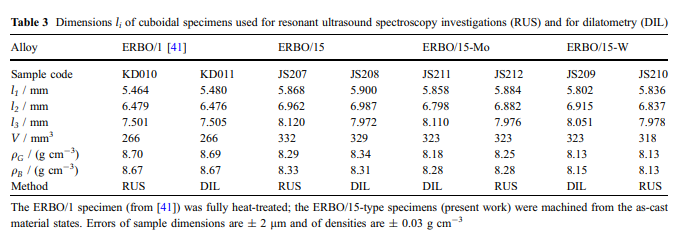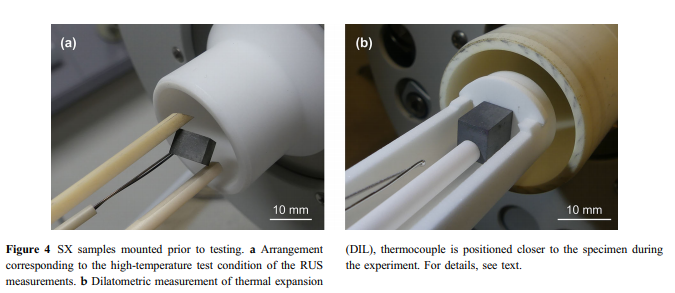Figure 2 presents SEM micrographs of the eight material states, which were considered in the present work. The four as-cast materials states are presented in the upper row of Fig. 2. The fully heat-treated material states after the secondary aging treatment (Table 2) are shown in the lower row of Fig. 2.
Transmission electron microscopy (TEM) was used to analyze the local alloy chemistry of the two phases in the c/c-microstructure. TEM was performed using a & JEOL JSM-6490 (for ERBO/1) and a Tecnai G2 F20 from FEI (for ERBO/15 and its derivates), both equipped with a FEG operating at 200 kV and an EDAX analysis system. The procedure, which was used to measure phase compositions in the three ERBO/15 variants, is illustrated in Fig. 3. The picture in the middle of Fig. 3 shows a STEM micrograph taken in a @ [direction (multiple beam contrast). EDX spectra were taken at five c-channel positions (1–5, as indicated) and in the centers of the four adjacent c-particles (positions 6–9). Each EDX & spectrum was recorded with an electron beam diameter 10 nm over a time period of 60 s. Compositions were calculated using the EDAX algorithm. The values for the two phases were obtained as the averages of the five channel measurements (analysis points 1 to 5) and the four particle measurements (analysis points 6 to 9). Examples of EDX spectra for the cross c-channel (in orange, position 1) and for the upper right c-particle (in green, position 7) are shown & in the left and right diagrams as indicated.
For comparison, we use some of the local composition results reported by Parsa et al. [36], which were obtained by a local electrode atom probe (LEAPTM 3000X HR, Cameca Instruments) in voltage mode at a specimen base temperature of *65 K.
Resonant ultrasound spectroscopy (RUS): In the present work, elastic stiffness coefficients as a function of temperature were determined with the aid of resonant ultrasound spectroscopy (RUS), e.g. [38, 39]. Precisely 100 [oriented cuboidal specimens of target dimensions of about 8 9 7 x 6 mm3- = 336 mm3 were obtained by combining Laue orientation with spark erosion machining as described in [40]. In the present work, RUS measurements were taken for ERBO/15 and its variants. For comparison, the data for ERBO/1 were taken from the work of Demtro¨der et al. [41]. All specimen dimensions are given in Table 3. For all specimens tested in the present work, there was good agreement between geometric densities qG (calculated from sample weights and volumes) and the densities determined by the buoyancy method qB (Table 3). Good surface qualities were established by grinding and diamond plate polishing.
In Fig. 4a,In Fig. 4a, a typical RUS specimen is shown clamped in between two ceramic rods and the measurement thermocouple nearby. During the experiments, the thermocouple was not attached to the specimen but very close. Specimen and the relevant part of the thermocouple were in the temperature constant zone of the furnace.
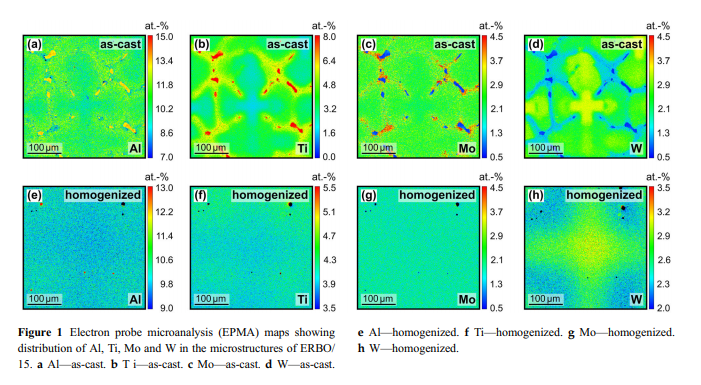
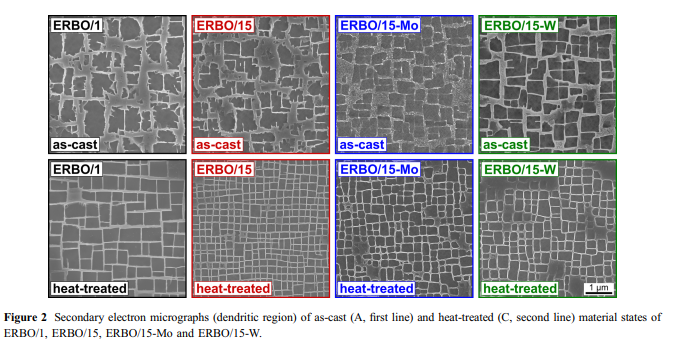
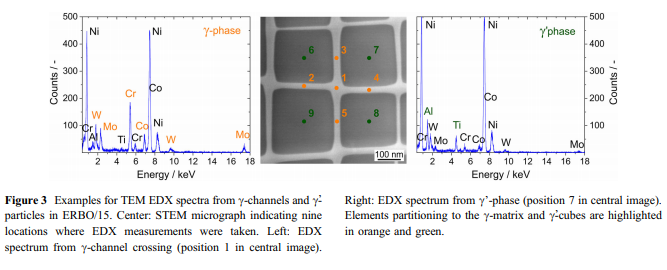
For the experimental determination of resonance frequencies, freely vibrating samples are employed. The experimentally obtained resonance frequencies are related to the three independent elastic stiffness coefficients c11, c12 and c44 of the pseudo-cubic crystal [38, 39, 41]. For data collection, a RUS apparatus built in-house was used. The system consisted of a frequency response analyzer (type FRA5087 from NF Corporation) in combination with a high-speed amplifier (type BA4825 from NF Corporation) for signal generation and detection. The experiments were performed in the temperature range from 100 to 673 K using a Netzsch low-temperature furnace and a cascading temperature controller (type 2704 from Eurotherm). Resonance spectra of the samples were recorded in the range from 150 to 1000 kHz. In the case of ERBO/1, Demtro¨der et al. [41] studied the elastic properties in 50 K steps between room temperature and 1273 K. The ERBO/15 variants of the present work were investigated in 10 K steps between 100 and 673 K.
